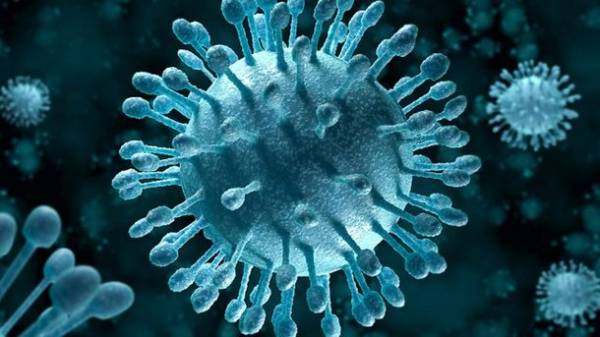
People vacationing in Turkey, was faced with the threat of Coxsackie virus. What it is and what danger to the health of bears, according sobesednik.ru.
So, seven of the most important facts about this virus:
Coxsackie virus is an enterovirus mainly affects infants and children and only in some cases adults. Is divided into types A, b and C and causes a lot of different diseases, including respiratory diseases, aseptic meningitis, myocarditis, pericarditis and hepatitis, acute haemorrhagic conjunctivitis and enterovirus vesicular stomatitis. In English-speaking countries it is called the disease of the hands, feet and mouth because of the characteristic red rash on the skin in these parts of the body.
What are the symptoms of virus infection. First rashes appear on the skin of the hands (especially palms), feet and mouth, and rarely on the buttocks and genitals. In most cases the virus accompanied by fever. Infants become more irritable, and when the infection reaches the throat, they have difficulty swallowing food. These symptoms appear three to five days after ingestion of virus.
SEE ALSO
- Russia recognized the popular Turkish resort dangerous for tourists
How it spreads. The virus is contagious and spreads through direct contact with saliva, mucus and even fecal matter from infected people. Quite often there are small epidemics of this virus in kindergartens and schools. Skin rash usually disappears by itself after a week, and in most cases need no treatment except symptomatic like paracetamol against fever. There are no vaccines however, infected persons are most contagious during the first week, and the possibility of transmission of virus persists for another few weeks.
Can you get Coxsackie virus more than once. Yes, infection only results in the emergence of immunity to one specific type, but the Coxsackie virus, as mentioned above, is divided into three types.
How to protect yourself from infection. One of the main and most effective methods of prevention of infection with Coxsackie virus is the observance of strict rules of hygiene. First and foremost, you must frequently wash their hands with soap and water especially after touching different kinds of wounds and ulcers on the skin before preparing food and before eating, before feeding babies, after using the toilet and changing diapers. You should avoid close contact like kissing, hugging and sharing toys with children infected with Coxsackie virus. If a baby is sick, he should not attend daycare or school or some other public place.
When the child can return again to school. Coxsackie virus A16 is detected in the stool of infected children within 6 weeks. Enterovirus 71 maintains its pathogenicity to 10 weeks. The degree of infectiousness is reduced during this period, however, pediatricians have not come to a consensus about how long children should stay at home. Some doctors think it’s normal to send children back to school immediately after reducing the temperature, while others believe that they need to spend some time at home. It is better to carefully monitor the symptoms and to make decisions on their own.
How serious is the Coxsackie virus. Most people after infection with this virus completely heal. It usually develops moderately, and many patients recover within seven to ten days, even without resorting to any medicines. Dehydration is one of the main complications of the Coxsackie virus, it is more likely to occur if the child drinks little water because of painful sores in the mouth. Very rarely patients are faced with aseptic meningitis, in which there are fever, headache, and back pain. This requires hospitalization for a few days. If enterovirus 71 can occur meningitis and encephalitis, as well as more severe complications including neurological, cardiovascular and respiratory. During outbreaks of the enterovirus is sometimes fixed and fatal outcomes.
Recall that in Ukraine is rampant Coxsackie virus.






